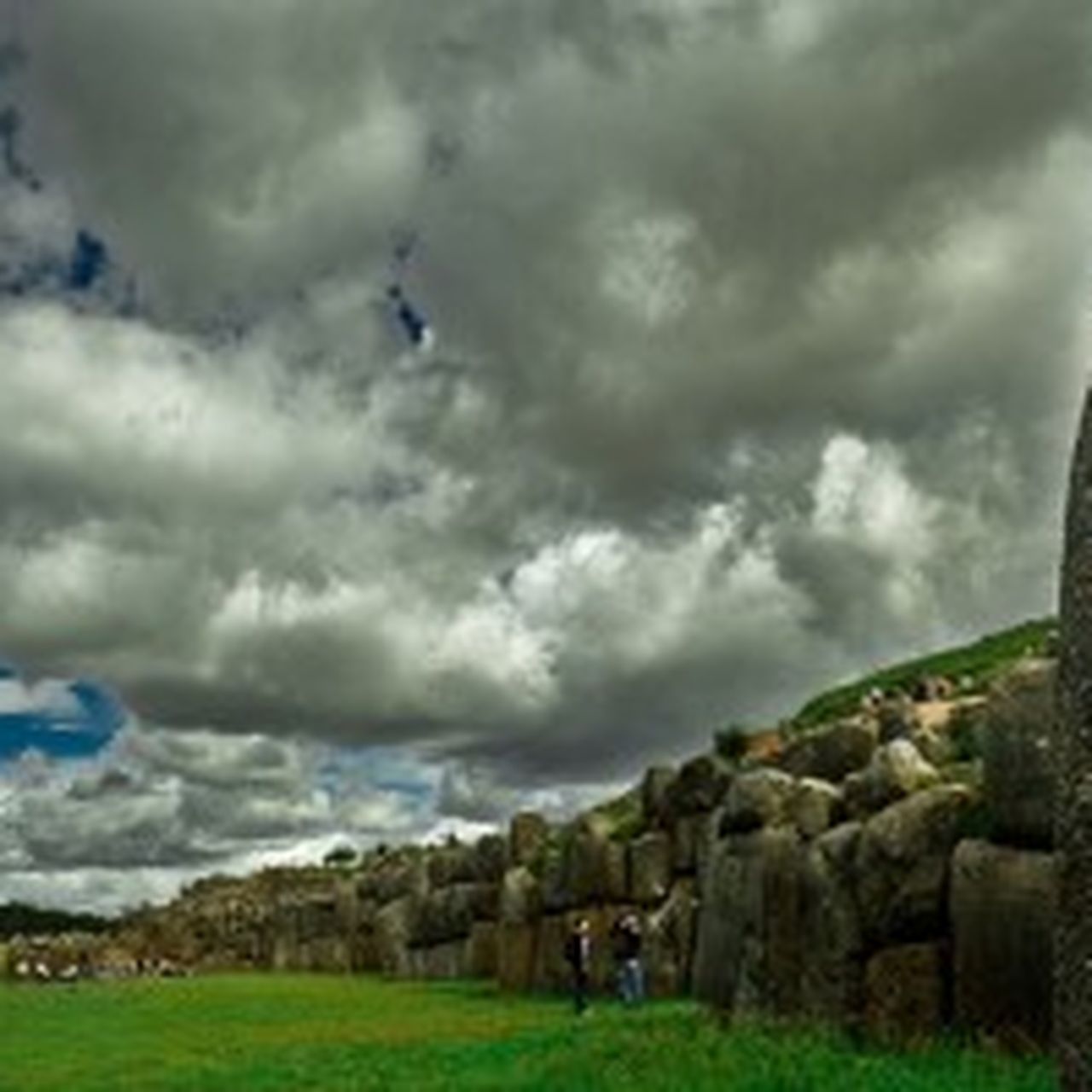So, I decided to really get my head around the Inca climate. Sounded pretty straightforward at first, you know? I figured, mountains, maybe a bit of high-altitude stuff, how complicated could it be? Well, let me tell you, that was just the start of it.
My Little Project Gone Wild
I had this idea, right? I wanted to try and recreate a small, super-detailed diorama of an Inca village for a personal project. Just something for fun, a hobby. But I’m a stickler for details, so I thought, “I gotta get the environment, the climate, spot on.” That’s where my “practice” began. I started digging into what “Inca climate” actually meant.

And boy, oh boy. It wasn’t like looking up the weather for London. It turns out, “Inca climate” isn’t one thing. It’s like a whole bunch of different climates all crammed into one empire. It was a real head-scratcher.
- You’ve got the coast – super dry, basically a desert.
- Then you climb a bit into the Andes, and you hit these valleys where the weather’s pretty mild, almost like eternal spring.
- Go higher up, and it’s freezing, windswept, proper mountain weather. Tough going.
- And then, if you go over the mountains to the east, bam! You’re in the Amazon jungle. Hot, humid, totally different.
Digging Deeper Than Just Weather Reports
My simple diorama idea suddenly felt like I was trying to build four different dioramas in one. I started looking at old maps, reading accounts from early explorers, anything I could get my hands on. I wasn’t just checking temperature charts; I was trying to understand how people actually lived there, day in, day out.
What I found was pretty amazing, actually. The Incas weren’t just putting up with these crazy climate variations; they were masters of using them. They totally engineered their world around it.
I learned about things like:
- Terrace farming: Those steps they carved into mountainsides? Not just for looks. They created microclimates, letting them grow different crops at different altitudes. Smart stuff.
- Food storage: They had these amazing storehouses, called qullqas, often built in high, dry, windy places to preserve food for ages. They had to, because one area might have a crop failure while another was fine.
- Road systems: Their famous roads weren’t just for walking; they were crucial for moving goods between these different climate zones. Potatoes from the highlands, maize from lower down, coca from the warmer valleys.
So, What’s the “Inca Climate”?
After all that digging, if someone asks me now, “So, what was the Inca climate like?” I’d probably just chuckle. It’s not a simple answer. It’s like asking what tools a master carpenter uses. They don’t just use a hammer, right? They’ve got a whole workshop.
The Incas had a whole workshop of climates to deal with, and they got incredibly good at it. It wasn’t just one climate; it was this incredibly diverse patchwork, and their whole society was built on understanding and managing that. My little diorama project taught me that much. It wasn’t just about making tiny mountains; it was about understanding a whole way of life shaped by some seriously varied weather. It was a whole lot more complicated and fascinating than I first thought. Trying to pin it down to one thing? You just can’t.
